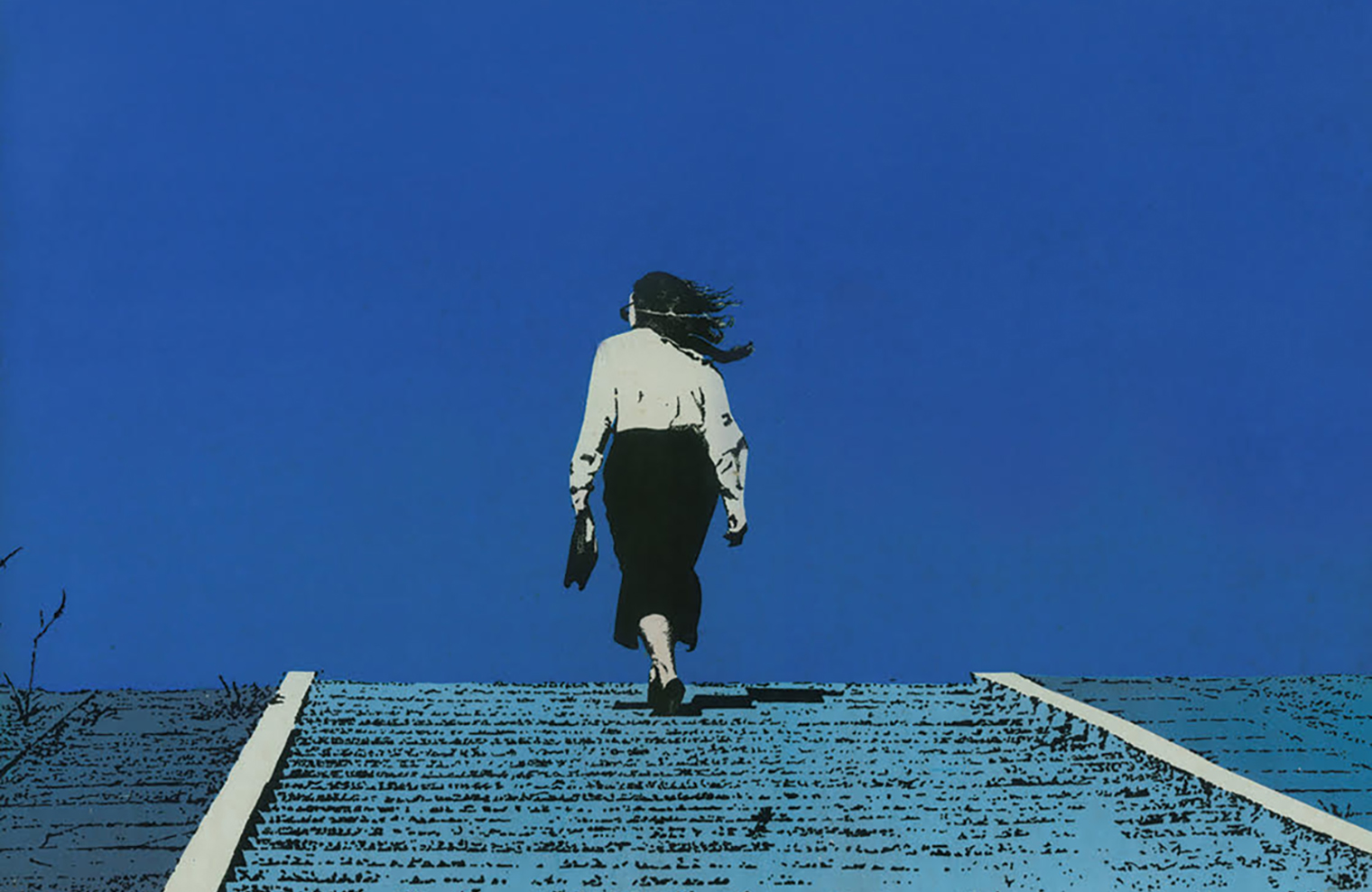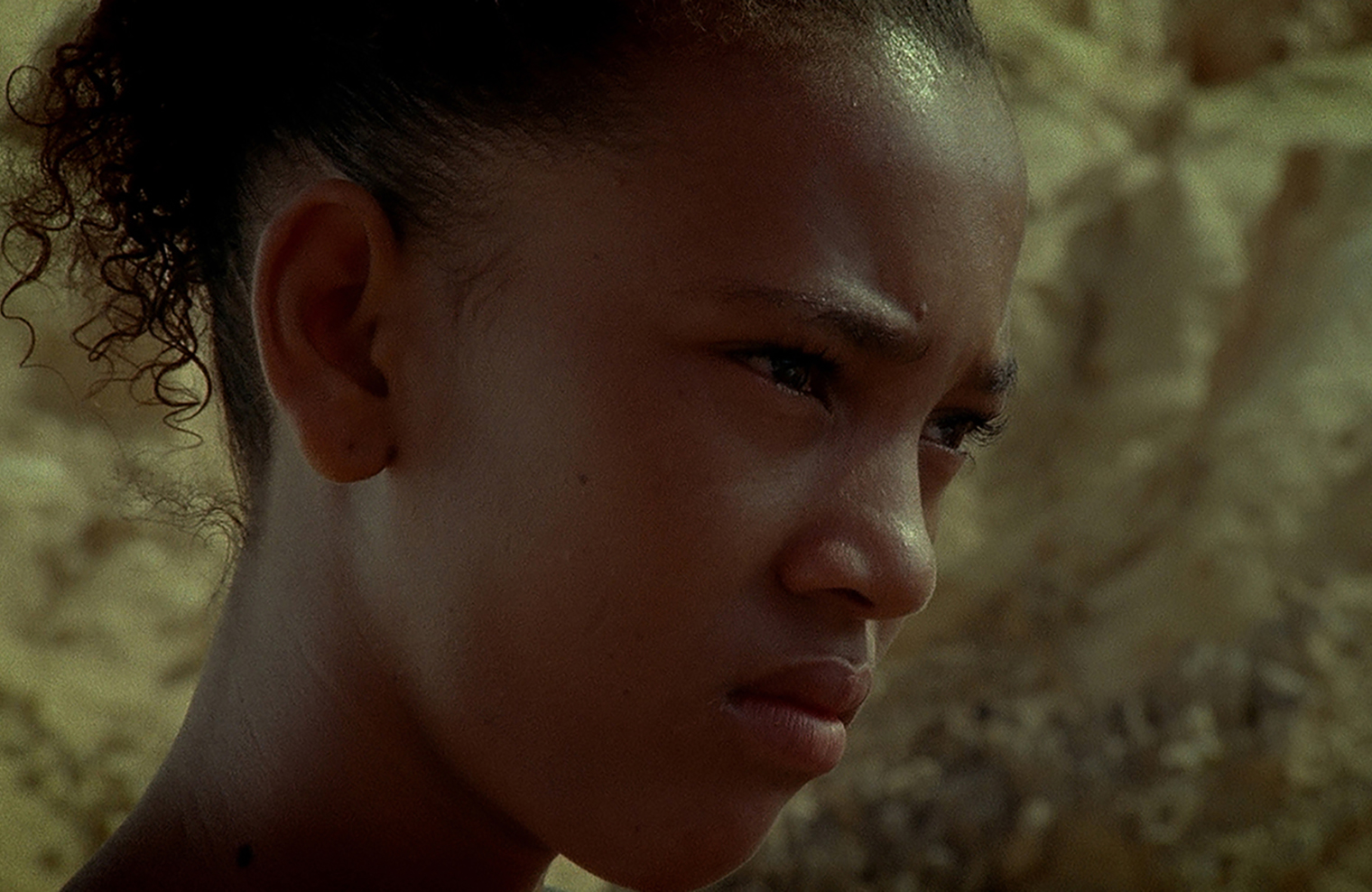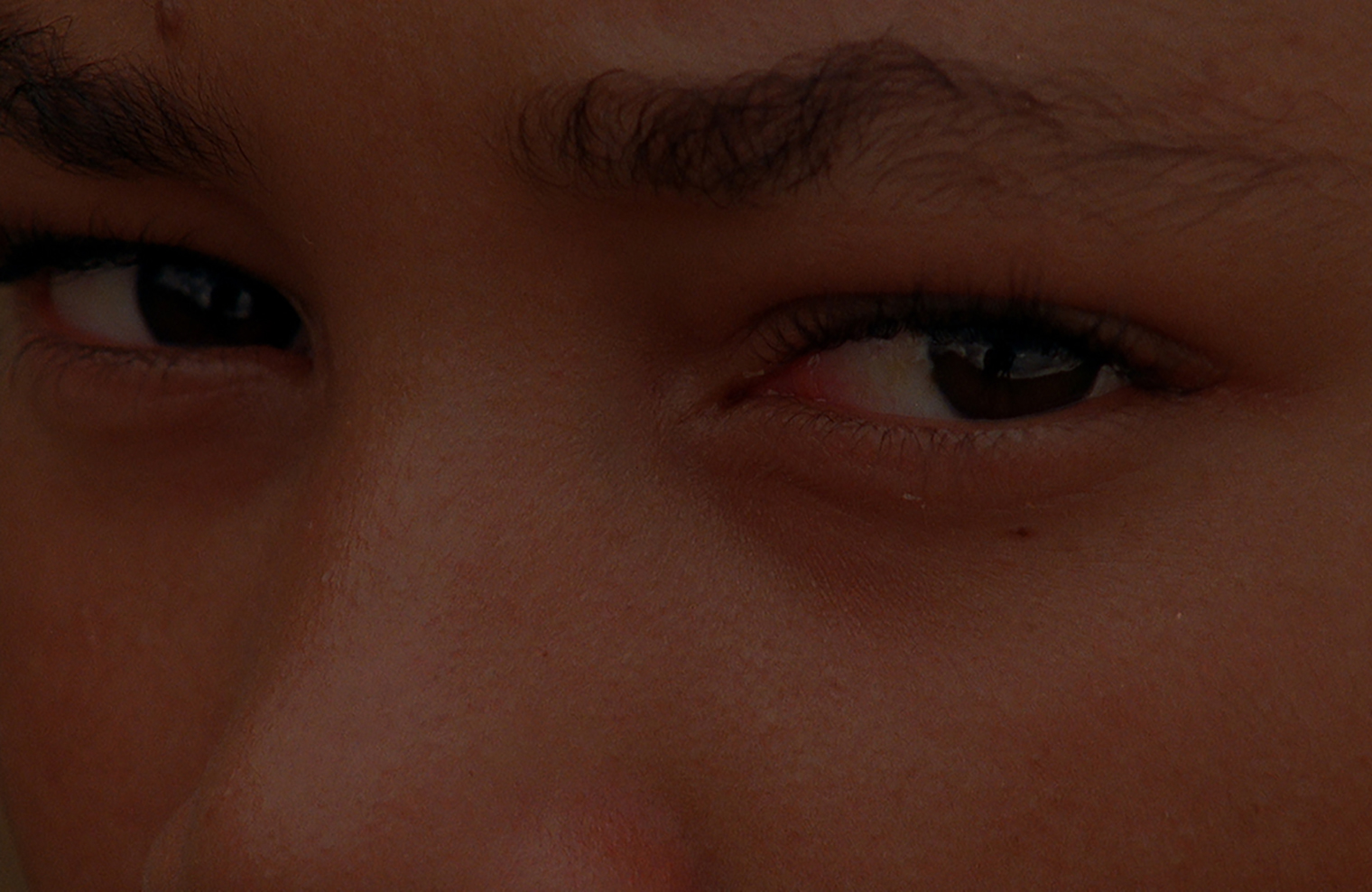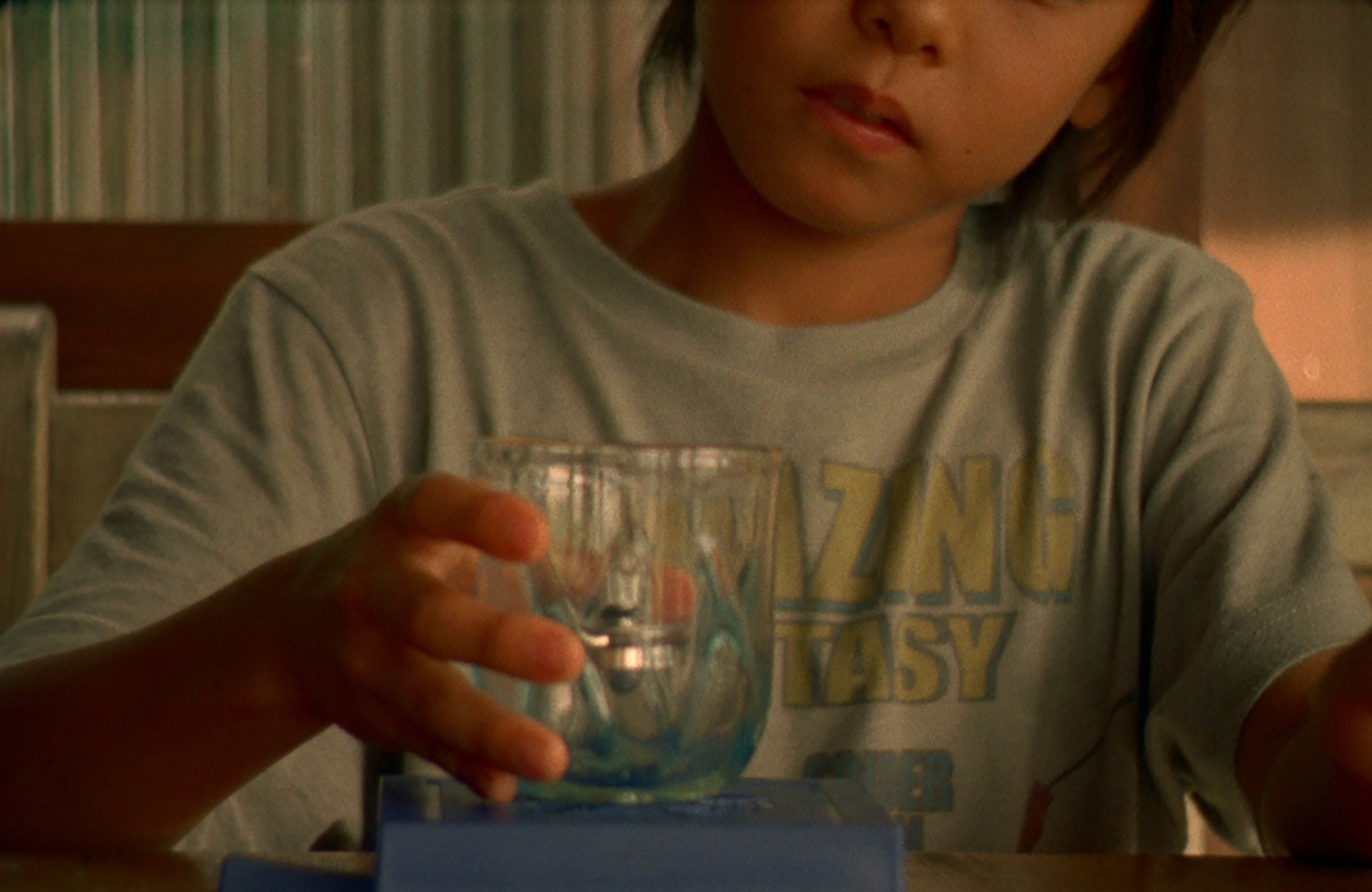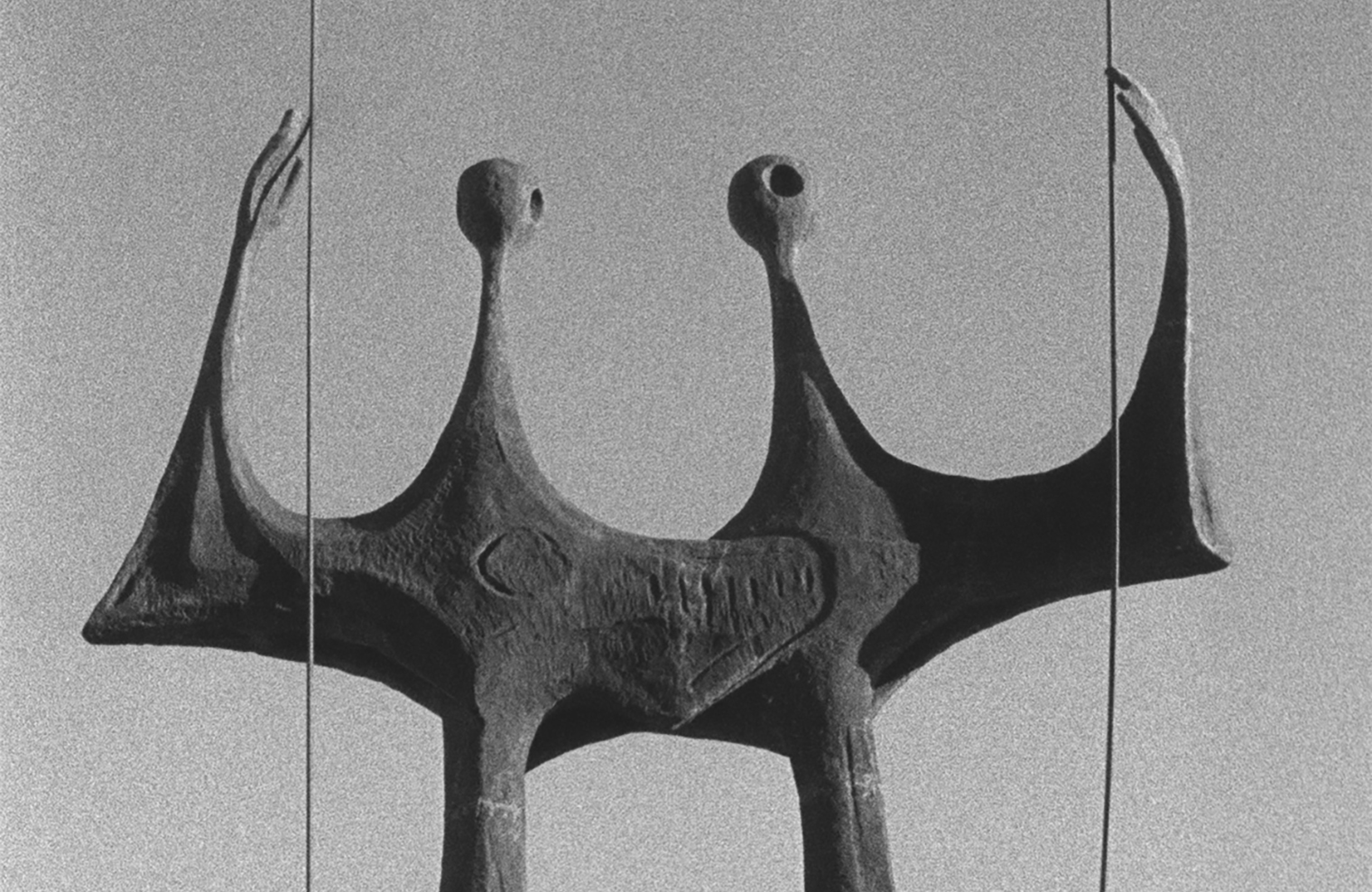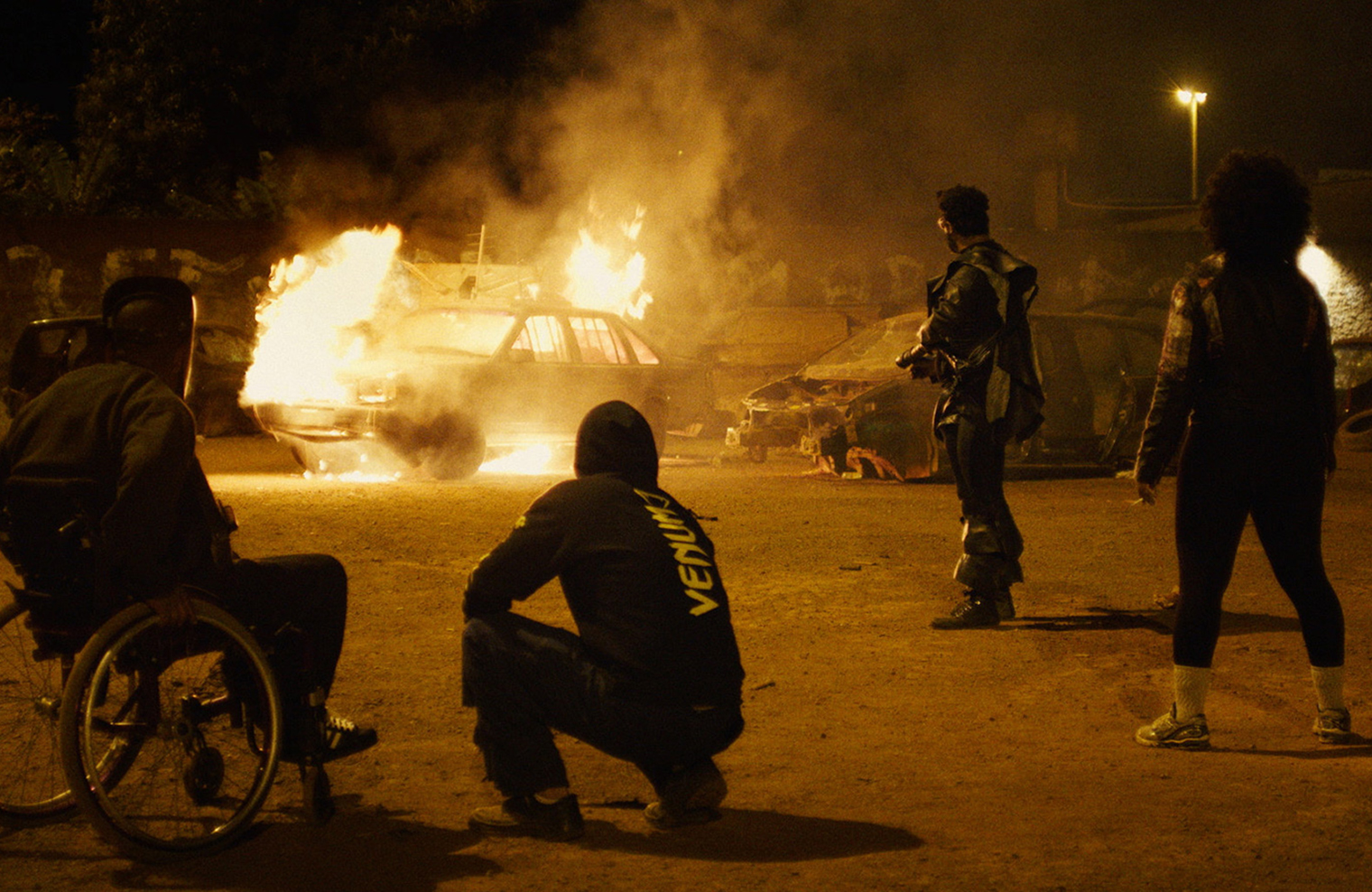Artist in focus: Ana Vaz
The films of Brazilian artist and filmmaker Ana Vaz propose a critical reflection on the relationship between colonialism, modernity and the impending ecological disaster. Hers is haptic cinema that destabilises and questions the hierarchical gaze of ethnographic filmmaking, highlighting the instability of perspective as well as the presences before and behind the camera. Vaz proposes film as a physical experience, filming “with the body” but also extending the notion of corporeal cinema onto film’s very own “body” — her work often emphasizes the materiality of the medium. As she has written, “much more than a foreign language to be(un)learned, cinema is above all made from the body, the body that looks, that vibrates, that confronts.” Her complexly layered films speculate upon the relationships between myth and history, self and other through a cosmology of references and perspectives. The programmes in this Artist in Focus attempt to make visible some of these references, placing Ana Vaz’s work in dialogue with historical and contemporary films-gestures — selected by Vaz — that remain essential to her practice and attitude towards cinema. From established works such as Marguerite Duras’s Les mains négatives (1978) and Glauber Rocha’s A Idade da Terra (1980) which are directly referenced in Vaz’s own Les mains, négatives (2012, with Julien Creuzet) and A Idade da Pedra (2013), to the films by the Cantrills that Vaz encountered whilst studying at the Royal Melbourne Institute of Technology to the work of contemporary South American artists and researchers including Denilson Baniwa, Milena Manfredini, Genito Gomes, Johnn Nara Gomes, Clara Ianni and Sebastian Wiedemann.
Developed in complicity with Vaz, this retrospective draws from reflections published in The Living Journal, an issue of Non-Fiction edited by Vaz and Olivier Marboeuf in 2021. The programmes trace the development of her distinctive embodied cinema from Sacris Pulso (2007), a found footage film haunted by the presences of the filmmaker’s parents, to recent works such as Apiyemiyekî? (2020) and 13 Ways of Looking at a Blackbird (2021) that question ideas of memory, the archive and critical pedagogy. It also continues and expands upon a series of previous presentations of Vaz’s work at the festival in 2016, 2018 and 2019.
“[...] being born in a modern city (Brasília) that has historically and symbolically wished to deny History through its own prophecy. Yet, I have always felt haunted by something that should be there and wasn’t. And so, for me, filmmaking became a way to dig up the ground in search of what’s been hidden, in search of the wound. And in this process, things begin to manifest without our choosing, since there are always elements, forces and narratives that need to manifest. [...] Cinema allows us to see with wider or smaller eyes, changing our perspective. We can think of it as innately animistic: transforming our relationship with the different dimensions of time and space. I also think cinema is a great way of performing, rehearsing how we hold on to memories.” (Ana Vaz, in conversation with Denilson Baniwa in At Least 23 Worlds, The Living Journal)
Ana Vaz (1986, Brasília) is an artist and filmmaker working with film as an instrument. Composed as film-poems, her films walk alongside territories and events haunted by the ever-lasting impacts of internal and external forms of colonialism and their imprint on land, human and other than human forms of life. Expansions or consequences of her films, her practice may also embody writing, critical pedagogy, installations, film programs or ephemeral events. Her films have been screened and discussed in film festivals, seminars and institutions such as the Tate Modern, Palais de Tokyo, Jeu de Paume, LUX, New York Film Festival, TIFF Wavelengths, BFI, Cinéma du Réel, Flaherty Seminar, Doc’s Kingdom, TABAKALERA, Whitechapel Gallery and Courtisane. Ana Vaz is also a founding member of the collective COYOTE along with Tristan Bera, Nuno da Luz, Elida Hoëg and Clémence Seurat, an interdisciplinary group working across ecology and political science through an array of conceptual and experimental forms.
